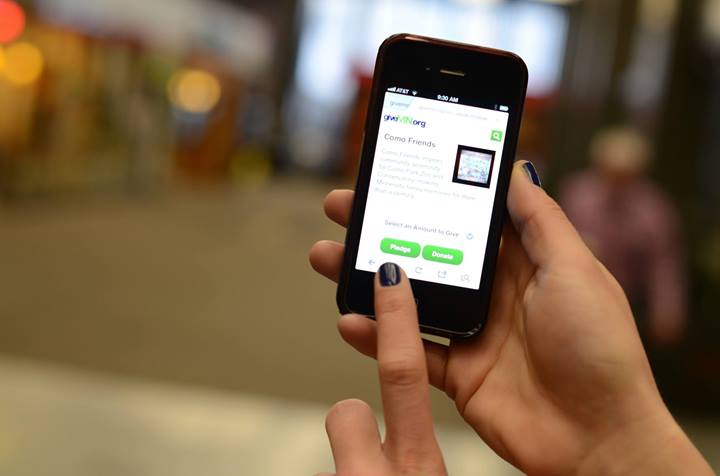New tips from the Giving Day Playbook on 24-hour online campaigns
 Last year, Knight Foundation published the Giving Day Playbook, a soup-to-nuts guide to 24-hour online campaigns that community foundations are increasingly organizing to promote local philanthropy.
Last year, Knight Foundation published the Giving Day Playbook, a soup-to-nuts guide to 24-hour online campaigns that community foundations are increasingly organizing to promote local philanthropy.
Now, with foundations across the country participating in Give Local America on May 6, we have refreshed the playbook with new insights to help in the planning.
What’s the best way to recruit and train volunteers on a Giving Day? How can you encourage donor-advised fundholders to participate? And how do you handle a tech glitch—or even a systems crash? Over the past year, we have worked closely with 19 community foundations in cities where Knight invests and gleaned insights on these issues. Today, we are excited to share them.
These additions, created by our partners at Third Plateau Social Impact Strategies, complement the existing playbook content, which includes recommendations, checklists and templates for everything from early planning to post-campaign analysis.
Here’s a look at what’s new at GivingDayPlaybook.org:
Crisis Planning: As organizers at GiveMN’s Give to the Max Day, one of the gold standards, can attest, planning matters when you’re faced with a crisis. After processing about 66 donations per minute during their 2013 event, the website crashed at 12:30 p.m.—for five hours. This failure caused the GiveMN team major headaches on the Giving Day and beyond, and has led GiveMN to reevaluate its technology options and focus on regaining public trust. The good news is GiveMN still set a fundraising record, and their planning, strategic decisions and humor from their nonprofit partners carried them through. We’ve added a case study on GiveMN’s response, in addition to a Crisis Planning section. Be sure to check out the Crisis Prevention & Management Template, which includes tips on how to prepare for these issues.
Volunteers: Organizers have used volunteers for a variety of tasks during Giving Days. In Kansas, for example, the Wichita Community Foundation reached out to a local tech alliance to help with social media updates. On Colorado Gives Day, the foundation recruited five teams of college students to stand on corners and raise awareness—providing a physical presence in the community. The Outreach section offers tips on volunteer recruitment, orientation and training, while the chapter on Day-Of Logistics includes ways to maximize efficiency during your event.
Getting Donor-Advised Funds Involved: Community Foundations are often looking for ways to engage their fundholders in Giving Days, and several communities were successful at this in 2013. Many provided an option for fundholders to contribute directly from their funds. The Community Foundation for Greater New Haven even offered a “pre-sale” for fundholders, where they were provided the option to give in advance. A new addition on engaging fundholders within the Donor Outreach section provides details.
Soliciting New Nonprofit Endowment Funds: One of the interesting findings from the Knight communities is that two foundations actually used their Giving Days to raise money for, and start new, nonprofit endowment funds. The Blue Grass Community Foundation, for example, added 16 new funds through its eight-week campaign. The playbook explains how they did it through two mini-challenges.
We plan to update the Giving Day Playbook throughout 2014 with insights as we capture them, so keep checking back for the latest.
Marika Lynch is a writer and communications consultant for Knight Foundation.
